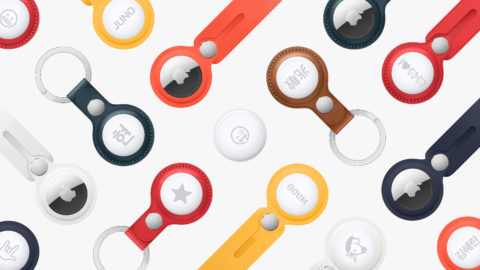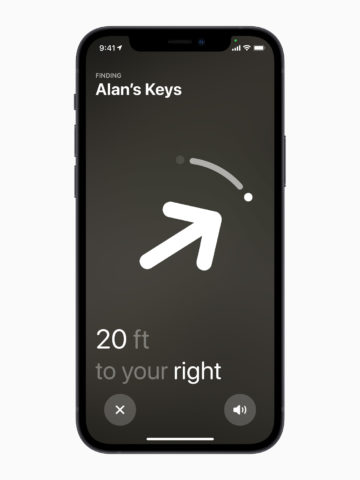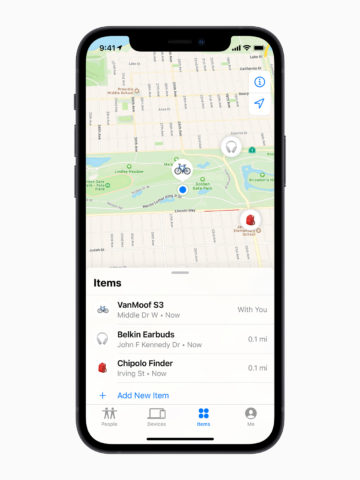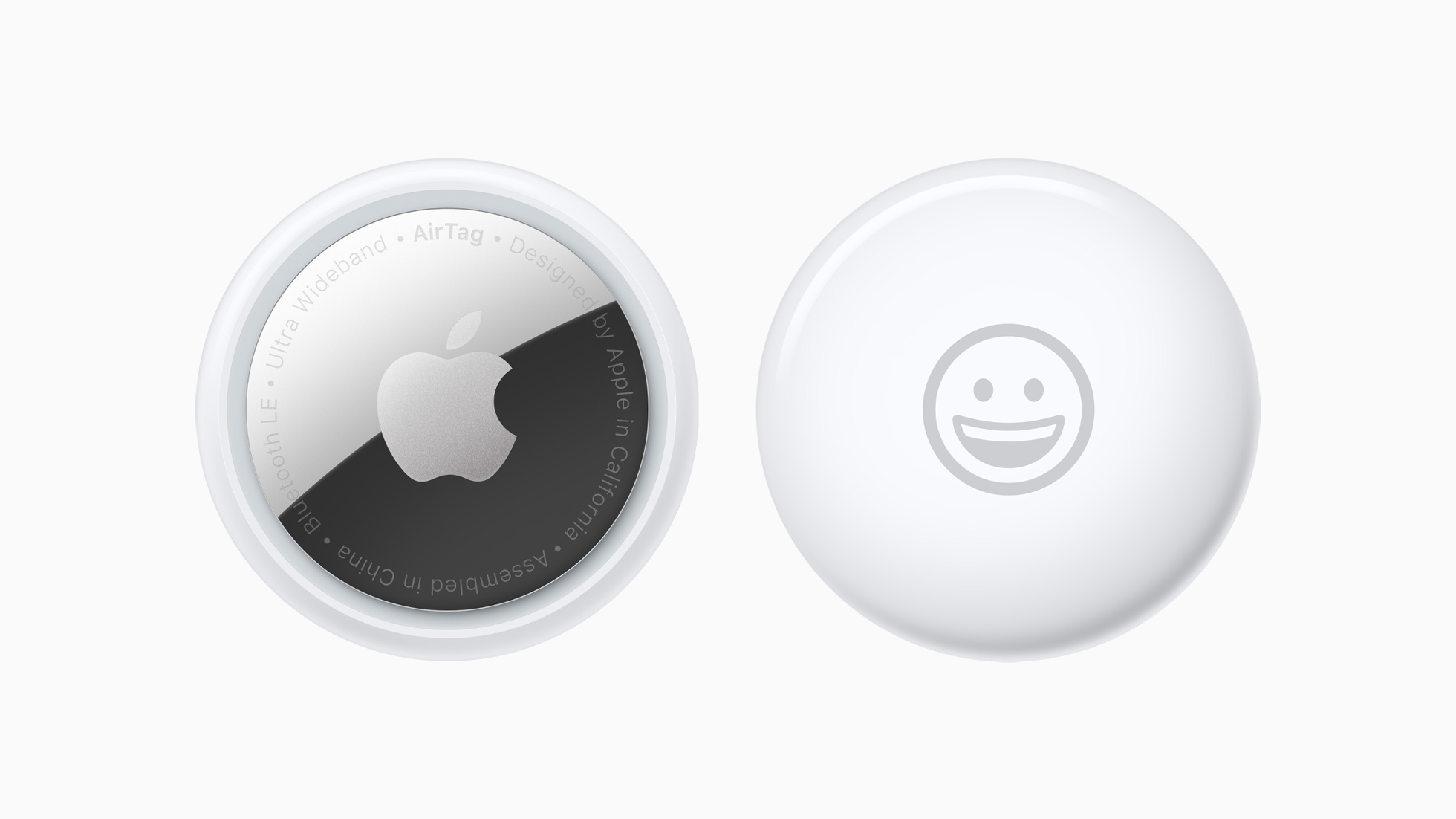Never lose your things again with Apple’s little white discs
AirTag is Apple’s new smart tracker, priced at $29/£29 or $99/£99 for a four-pack. As is often the case, Apple isn’t first to market – Tile is the most well-known company in this space – but it is aiming to be best.
Has it succeeded? We spent a couple of days with AirTag, and here’s what we think you need to know about Apple’s latest gadget.
1. AirTag is smartly designed
Each AirTag is a glossy white disc with a metal back plate featuring an Apple logo. They’re light (0.39 ounces/11g), small (1.26in/31.9mm diameter) and fairly thin (0.31in/8mm). They’re dust- and water-resistant (IP67) and the white shell amplifies the speaker’s audio.
2. You’ll need accessories
We found AirTag small enough to stash in a wallet and unnoticeable when in a bag. But unlike Tile equivalents, AirTag has no hole for a keyring. This means for many use cases, you’ll need an accessory (such as a keyring/holder). Naturally, Apple (and others) sell plenty.

So. Many. Accessories.
3. You can replace the battery
Given Apple’s penchant for sealed units, it’s good that AirTag batteries are user-replaceable. Press and twist the metal face counterclockwise and you’ll spot a CR2032 battery. Replacements cost a buck or less to buy and should last a year.
4. Set-up takes seconds
Your AirTag ships with a little plastic tag. Pull that out and the battery connects. Place your AirTag near to your iPhone and you’ll be asked to connect and name it. That’s it. Your AirTag can be now tracked in the Items section of the Find My app – and be told to play sound if you misplace what it’s connected to.
5. Find My uses AR to guide you
When you’re near to an item, tap Find to launch Precision Finding. This uses a combination of high-tech components and augmented reality to directly point you toward your lost item. Well, assuming it’s not on another floor – the system doesn’t understand altitude.

It’s over there! Precision Finding in use.
6. AirTags are best in homes and cities
When testing, we successfully found a ‘lost’ AirTag that was 95ft/29m away in an unobstructed line from our iPhone. Beyond that: nothing. On that basis, AirTag seems best suited to the home, when items will always be in range, or fairly busy places where many iPhones will be pinging them. Lose an AirTag in a forest and you’re unlikely to find it again, short of retracing your steps.
7. Privacy is baked in
You can opt out of the Find My network if you wish, but if you do, you can’t use the network yourself. Fortunately, stay in and all your data is anonymized and encrypted. AirTags are also savvy to bad actors: if one’s separated from its owner for long enough, it’ll make noise. If your phone discovers an AirTag constantly with you that isn’t connected to your device, you’ll be alerted.
8. AirTag lacks geofencing
Put down an item with an AirTag and you might be able to find it later – but you won’t be alerted if you forget something, walk away, and it vanishes from your iPhone’s connectivity range. Here’s hoping that feature will arrive in AirTag 2.

Find My shows where your AirTags are – but there’s no alert if you leave one behind.
9. They’re not for everything
AirTag has been designed for objects, not pets and certainly not people. Also be mindful of how its feature set can have unintended consequences. If you attach one to your bike and it’s stolen, the AirTag’s privacy features will eventually alert the thief.
10. Your Apple ID can handle 16 AirTags
Apple exec Kaiann Drance revealed a user can connect 16 AirTags to a single Apple ID. That’s almost $400/£400 of AirTags, which should be enough for most individuals. A family, however, would be wise to share AirTags among the Apple IDs of its members.

